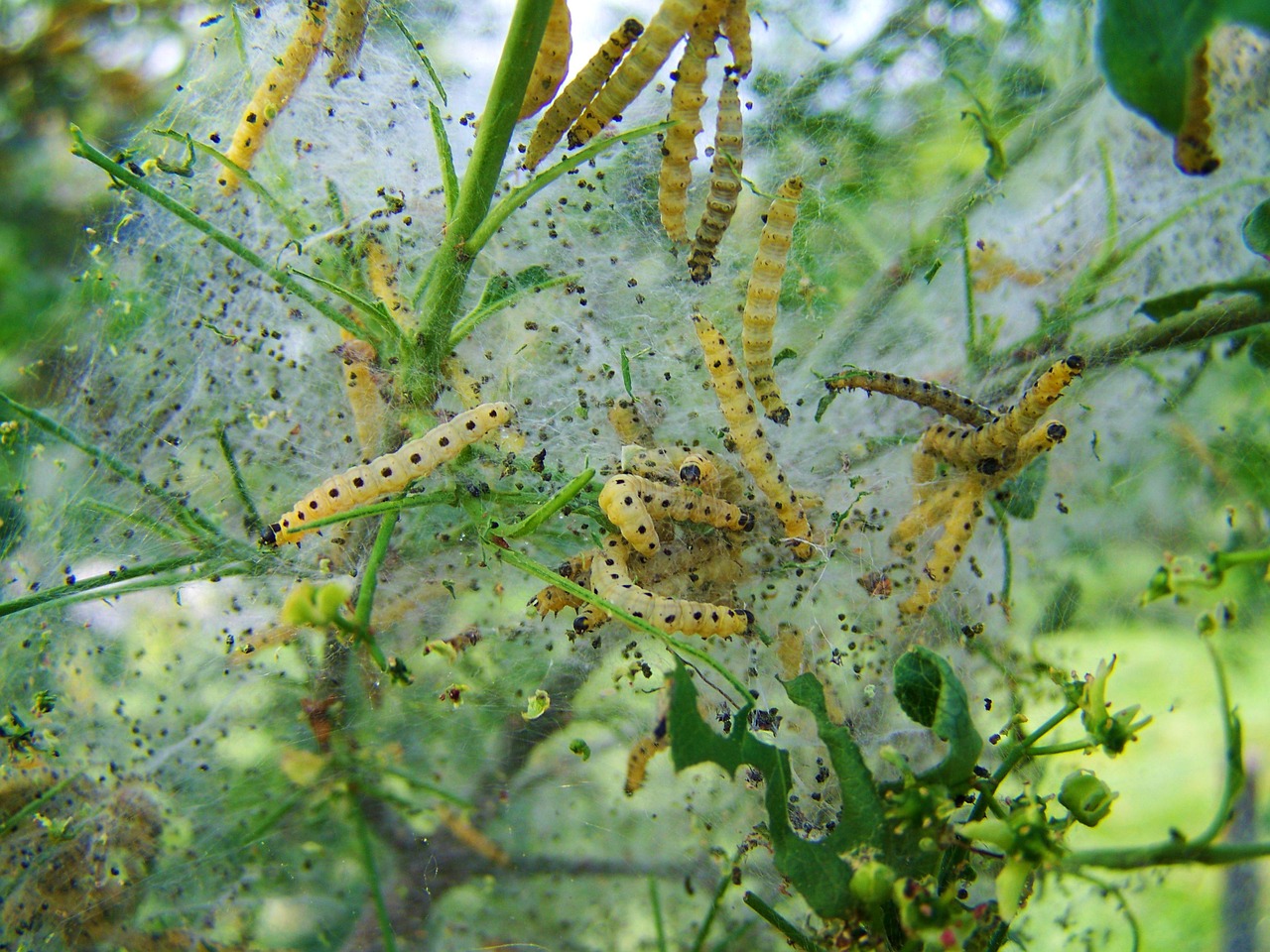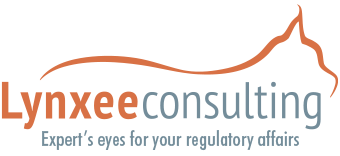
France: comparative assessment (Order and Guidance document)
3 August 2015
FRANCE: Focus on the bans of Amenity uses and Home & Garden products
17 September 2015EFSA issued in October 2014 a Guidance Document on the assessment of exposure of operators, workers, residents and bystanders in risk assessment for plant protection products (EFSA Journal 2014;12(10):3874). In this Guidance, new approaches are proposed to be used to calculate the exposure to PPPs. In addition, a way to assess resident exposure has been proposed according to the new requirements in the legislation. However, even though considering the most up to date available data for the assessment of non-dietary exposure to pesticides, many uncertainties still remain due to the complexity of this type of assessment and the scarcity of data. Therefore, it will be helpful for EFSA and the Member States to have available a comprehensive database of the non-dietary exposure assessments performed so far at EU level for the substances peer reviewed by EFSA, including all the key parameters, in order to: 1) identify critical issues not covered by the Guidance (e.g. use scenarios), 2) test the Guidance, and 3) identify the need of further research.
A compilation of a comprehensive MS Excel database with technical data from non-dietary exposure assessments performed at EU level for operators of PPPs was thus performed. The database as compiled contains information for 179 substances. The scientific report and the Excel database were published by EFSA on 24 July 2015.]
In the current project the work was focused on operator exposure assessments. However, due to the nature and structure of the database, the database can be easily adapted and expanded to also include worker and resident/bystander exposure assessments.
With regard to possible data gaps and needs for future research, the scientific report gives an overview of intended used labelled as ‘unusual’ with regard to their application method and/or application equipment for which NO exposure assessment was made based on one or more of the exposure models. Future research could focus on gathering exposure data/studies for these methods and or new model developments. The most frequent listed ‘unusual’ application methods concern seed treatment, soil injection/incorporation, gassing and fumigation.
Lynxee consulting’s team can adapt and develop exposure models for your intended uses not covered by standard models.


